Fact Check
We reveal the truth behind the myths and misinformation about leather and its production, cattle farming and more.
We reveal the truth behind the myths and misinformation about leather and its production, cattle farming and more.

Almost a quarter of a billion tonnes of plastic is manufactured every year. Considering it takes up to 500 years to biodegrade, it’s a good job we can recycle it, right?
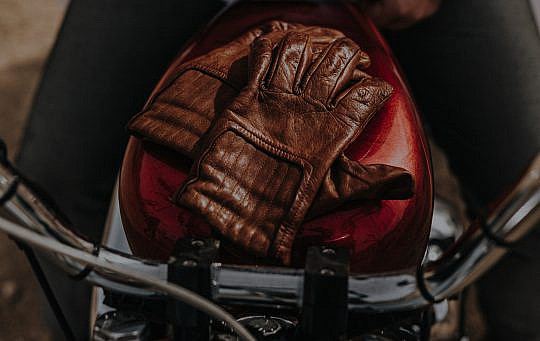
In the thousands of years leather has been in use, there has never been a serious contender to rival it for durability. Have any of the new materials offered as alternatives come close?

Amid all the confusion about how to calculate the sustainability of different materials, we need to put the record straight: Leather is more sustainable than manmade alternatives.
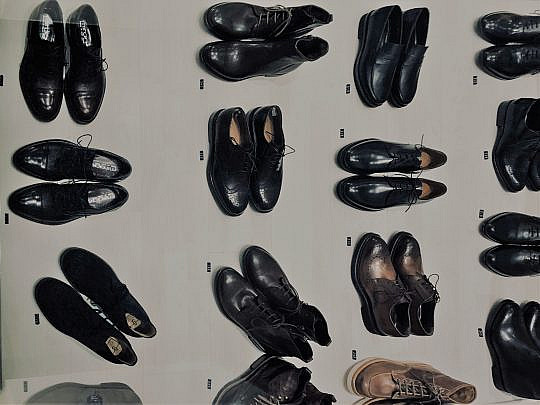
Longevity is leather’s strong suit. The beauty is that it can be repaired, restored, enjoyed for a lifetime, and passed down through the generations. Despite its durability, though, people still throw their leather items away.
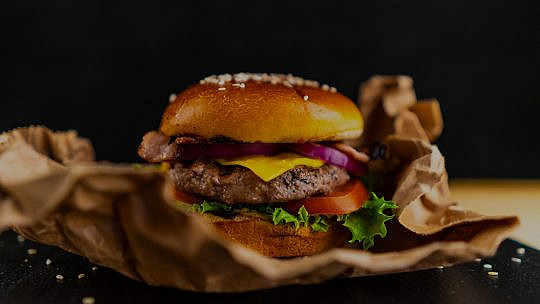
According to the Water Footprint Network (WFN), it takes 15,400 litres on average globally to produce a kilo of beef, which works out at 1925 litres for a pure beef quarter-pounder. But what does this really
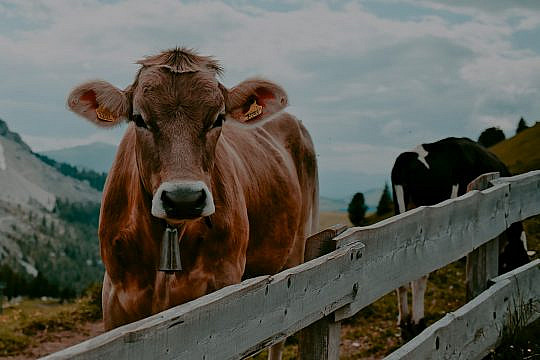
There are often claims that wearing and using leather leads to the rearing, and therefore the killing, of more cattle. Here’s why these claims are

Chrome tanning: how does it work and why is there so much confusion about it? The most widely used technique in worldwide leather production, and the most efficient, chrome tanning is used in the production of around 85% of all
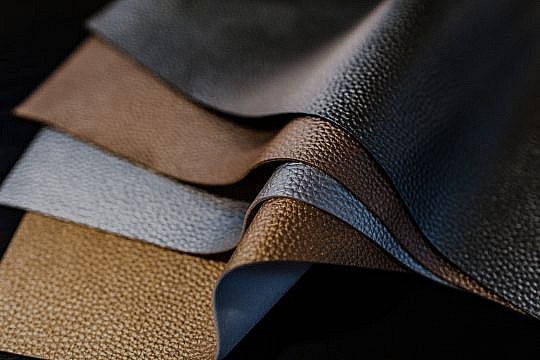
Vegan leather, pleather, leatherette – despite their names there is one thing all these materials have in common – they are not leather.